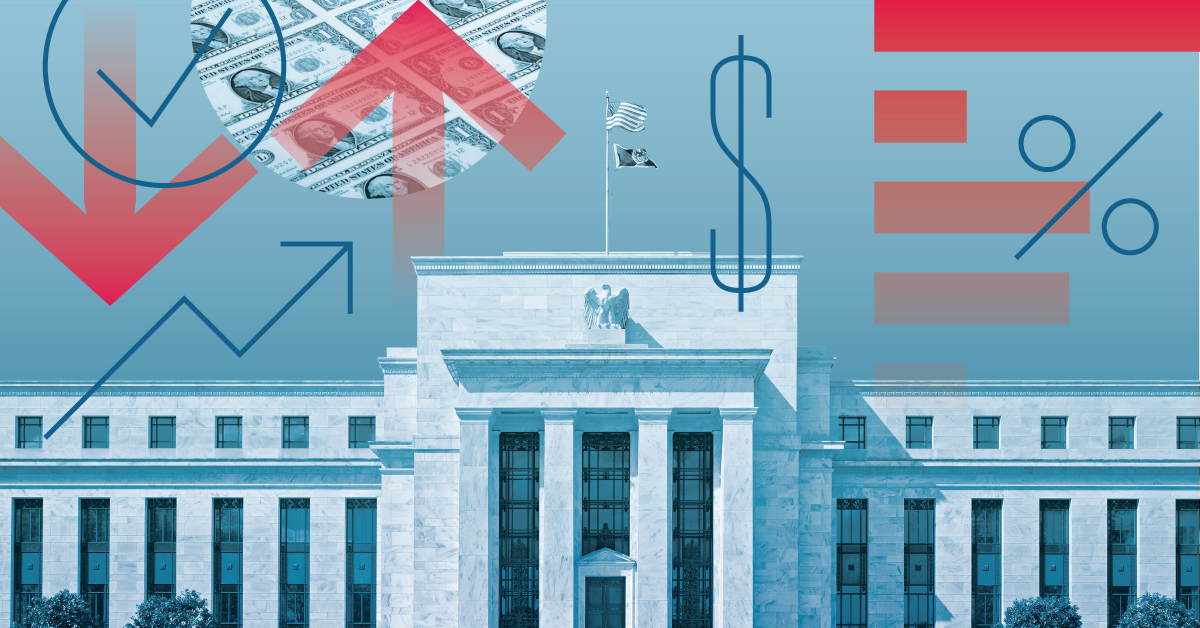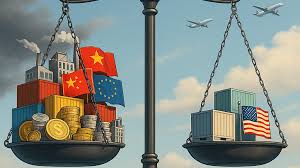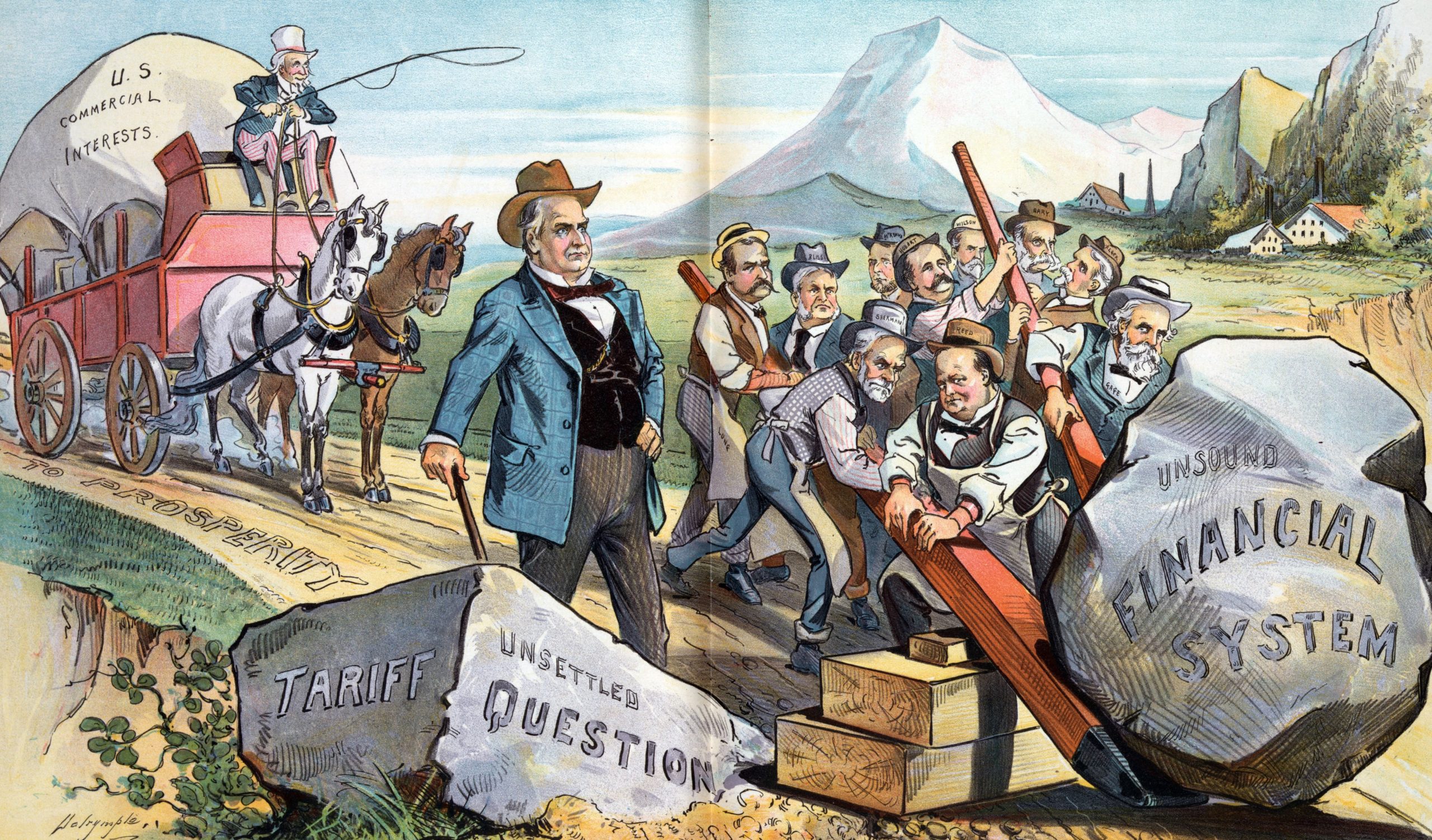
As we move into Q2 2025, procurement leaders face an increasingly complex and volatile market. Fluctuating raw material costs, driven by geopolitical tensions, economic shifts, and supply chain disruptions, demand a proactive approach. Whether it’s metal, agricultural products, or construction materials, staying ahead of these trends is crucial for cost-effective procurement strategies. Discover key raw material price forecasts for Q2 2025, including metals, agricultural commodities, and construction materials. Learn how procurement leaders can navigate volatility with data-driven strategies and expert insights.
The recent geopolitical instability in resource-rich regions has led to unpredictable commodity prices, making procurement decisions more challenging. Inflationary pressures, trade restrictions, and logistical hurdles continue to affect supply chains, forcing businesses to rethink their sourcing strategies. Moreover, shifting government policies and environmental regulations are adding layers of complexity, requiring procurement leaders to stay agile and adaptable to ensure steady material availability at optimal costs.
Beyond these external forces, technological advancements are reshaping supply chains by introducing automation, AI-driven forecasting, and alternative material innovations. While these developments offer opportunities to mitigate risks, they also require procurement teams to develop new competencies in data analytics and sustainability initiatives. Businesses that effectively integrate these elements into their procurement strategies will be better positioned to navigate market uncertainties and maintain a competitive edge.
Key Economic and Geopolitical Factors Influencing Costs
- Inflationary Pressures: Central banks worldwide continue to adjust interest rates, directly impacting commodity prices.
- Global Trade Disruptions: Ongoing geopolitical tensions, particularly in resource-rich regions, affect supply chains.
- Climate Change Effects: Unpredictable weather patterns impact agricultural yields and availability of natural resources.
- Technological Advancements: Innovations in mining, farming, and material synthesis influence supply and demand dynamics.
Raw Material Metal Forecasts Prices: What to Expect in Q2 2025

The metals industry has seen significant shifts due to increased demand for renewable energy infrastructure, semiconductor production, and electric vehicle manufacturing. Below is a forecast for key metals:
| Metal | Q1 2025 Price Change (%) | Q2 2025 Projected Change (%) |
|---|---|---|
| Aluminum | +3.5% | +2.1% |
| Copper | +4.0% | +3.8% |
| Steel | +5.2% | +4.0% |
| Nickel | -2.3% | +1.5% |
| Lithium | +8.0% | +7.2% |
Agricultural Commodities: Weather and Demand Impact
Global food supply chains have been under strain due to extreme weather conditions, policy changes, and shifting consumer demands. Procurement leaders must consider diversifying sourcing locations to mitigate risks.
| Agricultural Commodity | Q1 2025 Price Change (%) | Q2 2025 Projected Change (%) |
|---|---|---|
| Wheat | +2.7% | +3.1% |
| Corn | +4.5% | +5.2% |
| Soybeans | +3.3% | +4.0% |
| Coffee | -1.8% | +2.4% |
| Sugar | +6.2% | +5.0% |
Construction Materials: Managing Rising Costs
With infrastructure development projects ramping up across major economies, construction materials are experiencing sustained demand. However, rising transportation costs and labor shortages are contributing to price increases.
| Material | Q1 2025 Price Change (%) | Q2 2025 Projected Change (%) |
|---|---|---|
| Cement | +3.5% | +4.1% |
| Lumber | -2.0% | +1.2% |
| Asphalt | +5.4% | +4.8% |
| Glass | +3.1% | +3.7% |
| Copper Wiring | +6.0% | +5.5% |
Raw Material Forecasts Q2 2025: Strategies to Navigate Market Volatility

1. Leverage Data-Driven Forecasting
Investing in predictive analytics tools helps procurement leaders anticipate price swings and adjust sourcing strategies in real-time.
2. Diversify Supply Chain Networks
Relying on a single supplier or region can be risky. Expanding procurement sources across multiple geographies provides a buffer against localized disruptions.
3. Utilize Hedging Strategies
Financial hedging mechanisms like futures contracts can help businesses lock in stable prices and reduce exposure to volatility.
4. Adopt Sustainable Procurement Practices
Eco-friendly alternatives and recycled materials can offer cost advantages in the long run, mitigating price shocks in traditional raw materials.
5. Strengthen Supplier Relationships
Establishing strong partnerships with suppliers fosters transparency and enables better negotiation leverage during uncertain times.
Looking Ahead: Expert Insights on Market Adaptation
Industry analysts suggest that procurement leaders who proactively integrate AI-driven insights, explore alternative materials, and negotiate long-term contracts will be better positioned to absorb market shocks.
One of the prominent voices in procurement strategy, Mattias Knutsson, emphasizes the importance of flexibility in sourcing models. He advocates for a dynamic procurement approach that continuously adapts to new market realities, ensuring long-term cost efficiency while maintaining supply chain resilience.
As Q2 2025 approaches, procurement teams that stay informed, embrace innovation, and build agile supply chain strategies will gain a competitive edge in an unpredictable economic landscape.





